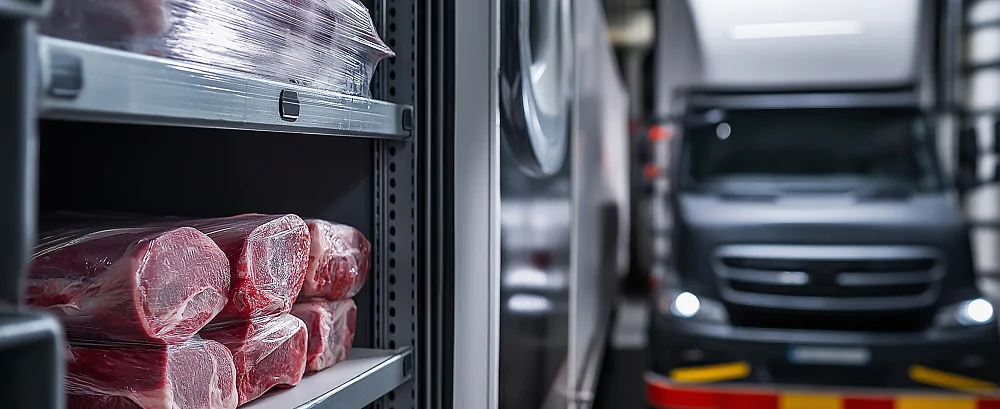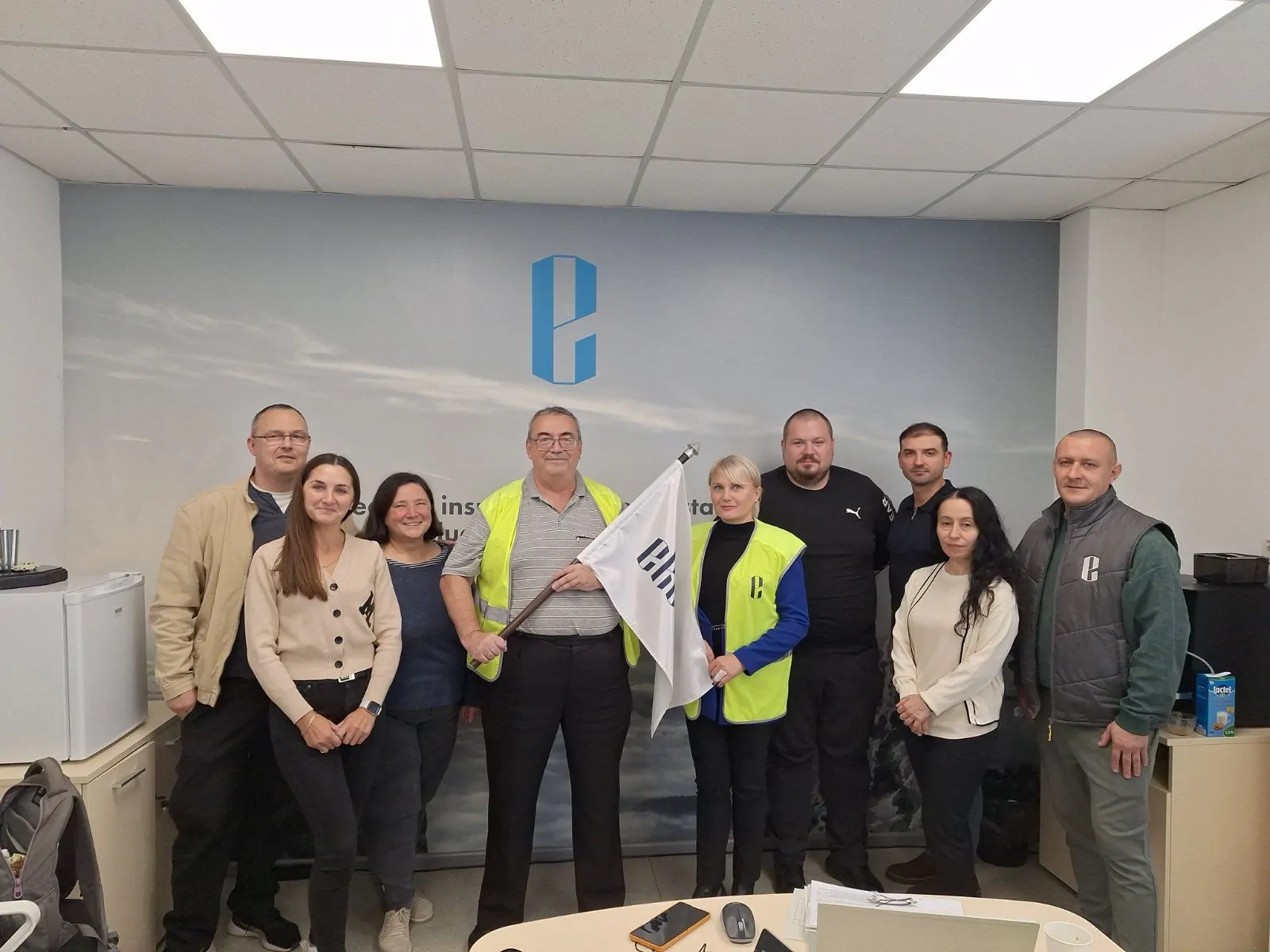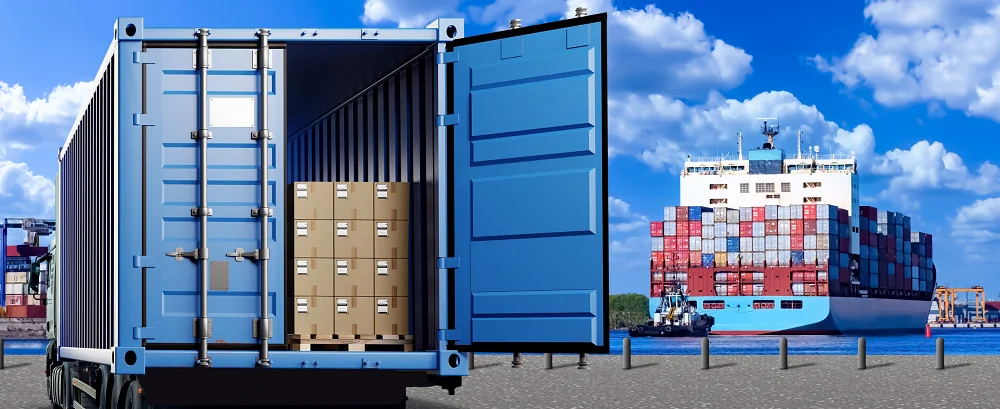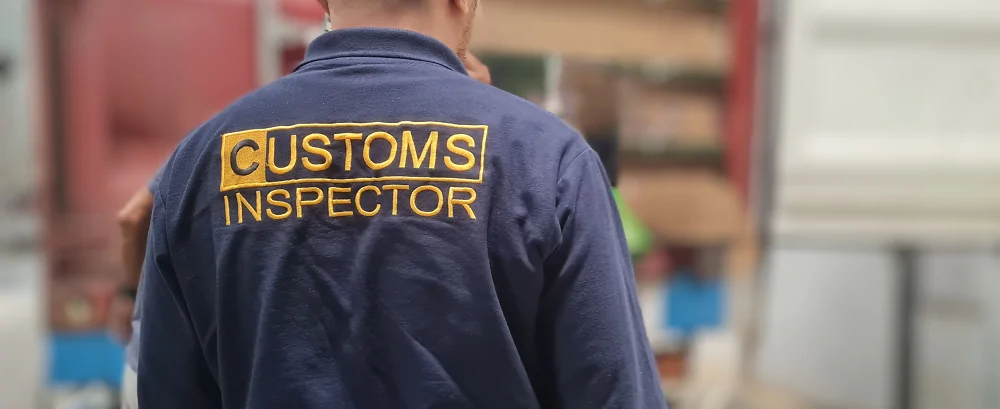Transportation of Frozen Cargo: Specifics, Requirements, and Challenges

Proper transportation of frozen products is an important factor in preserving their quality, safety, and shelf life. Avoiding delays during transit is facilitated by correctly selecting the transport for carrying food products with temperature control. The implementation of these solutions is handled by the Ekol Logistics team, which specializes in comprehensive transportation and supply chain management.
We know how to transport frozen products efficiently and on time.
What is Frozen Cargo Transportation
Delivery of frozen products is carried out using specialized types of transport, as it requires maintaining a consistently low temperature at all stages of the journey, from loading to unloading.
According to Ekol’s experience, the key conditions for success are:
- proper packaging and labeling of the goods;
- compliance with hygiene standards and HACCP;
- real-time temperature monitoring;
- timely delivery without delays.
The main result is that the goods arrive at the customer fresh.
Main Types of Frozen Cargo
Such cargo includes a wide range of products. Among the most common are:
- meat and offal;
- fish and seafood;
- vegetables and fruits;
- semi-finished products;
- dairy products and ice cream;
- other goods.
Each type of product has its own storage and transportation requirements.
Transport Requirements for Frozen Products
The logistics of temperature-sensitive cargo is carried out using specialized transport capable of maintaining a consistently low temperature even in heat. Such trucks ensure the quality of goods at all stages of delivery.
Main types of transport:
- Isothermal vehicles – vehicles with thermally insulated bodies, which work on the principle of a thermos. They retain cold inside, making them suitable for transporting already chilled or frozen goods.
- Refrigerated trucks (reefer trucks) – transport equipped with refrigeration units that actively cool the air inside. Some models feature multiple temperature zones, allowing different types of products to be transported simultaneously.
Refrigerated transportation is considered the safest option, as it guarantees control throughout the entire route.

Temperature Regime and Monitoring During Delivery
At Ekol, we always emphasize that it is important to avoid temperature fluctuations during transportation, as even short-term thawing can lead to spoilage or loss of product quality.
Refrigerated trucks, containers, or wagons equipped with systems to maintain the required temperature — usually from -18°C to -25°C — are used for transportation.
The driver, together with the dispatcher, constantly monitors cooling indicators to ensure optimal conditions for product preservation. If the temperature in the freezer compartment exceeds the set limits, the system instantly triggers an alarm, which is sent to both the driver and the operator, allowing any possible freezing malfunction to be quickly resolved and the quality of the cargo preserved.
Each vehicle is equipped with a thermograph — a device that records temperature readings inside the body throughout the route. After delivery, the client receives a report on this.
Packaging and Labeling of Frozen Cargo
Packaging must provide reliable protection from external influences and have high barrier properties, including moisture resistance.
- The most common material is cardboard. To increase its durability, the surface is coated with polyethylene or a special polymer emulsion. Fluorine-containing coatings are used to prevent fat penetration.
- Vegetable parchment is used in the medical field for sterile products, while heat-shrink film is used for packaging meat and fish products. It creates a hermetic barrier that reliably protects against moisture, air, and mechanical damage during transportation.
Labeling of frozen products must include all mandatory information specified by the Law of Ukraine “On Consumer Information on Food Products.” If the product is covered with an ice glaze, the consumer must be informed about the total weight of the product, including the glaze, as well as its percentage content.
The rules for transporting perishable cargo established by the Ministry of Agrarian Policy require that the label must include:
- the word “quick-frozen” in the name;
- the product’s shelf life and recommended temperature and equipment for storage;
- batch identification;
- warning: “Do not refreeze after thawing.”
Labeling must be legible, and the font should be contrasting.
Features of International Transportation of Frozen Products
Ekol specialists are confident that organizing the transportation of temperature-controlled cargo from European countries, especially food products, requires precise coordination at all stages.
One of the key points is ensuring proper storage conditions for goods at the recipient’s warehouse. This is necessary to maintain a continuous process that guarantees the quality of the product throughout the delivery route.
Main Challenges in Transporting Frozen Cargo
The main difficulties during the transportation of frozen cargo are related to the need to constantly monitor the refrigerator temperature and prevent its fluctuations. Another important aspect is proper packaging – it must prevent freezing together, drying, oxidation, and also ensure optimal humidity and protection from damage during transit.
How to Avoid Breaking the Cold Chain
Before loading the products, the interior of the refrigerated vehicle must be cleaned and disinfected, after which the cargo compartment should be cooled to the required level. Considering that the loading process can cause a short-term temperature increase, it is recommended to set it slightly below the required level. In hot weather, it is better to carry out this procedure in cooled warehouses to avoid sharp temperature changes. All actions must be performed quickly to prevent thawing.
The Role of a Logistician in Transporting Frozen Cargo
The logistician is responsible for organizing uninterrupted and safe transportation of products that require strict temperature control.
Main tasks of the logistician:
| Stage | Actions |
| Transportation Planning | Selecting suitable transport, e.g., with pallets, considering the type of cargo and storage conditions. |
| Route Optimization | Developing the route with timing, taking into account weather conditions and possible delays. |
| Document Preparation | Certification, obtaining permits, and preparing accompanying and customs documents. |
| Temperature Control | Continuous monitoring of indicators via sensors, preventing equipment malfunctions. |
| Coordination of Process Participants | Aligning actions between the driver, warehouse, sender, and recipient. |
Our team believes that it is precisely due to the professional approach of the logistician that the quality of frozen cargo is maintained throughout the entire route, from the warehouse to the final destination.
FAQ
How is it better to transport products: in a refrigerated truck or an insulated van?
The choice of transport depends on the type of cargo, season, and distance of transportation. For short routes in cool weather, an isothermal van is suitable. If it is necessary to deliver products that require constant cooling in hot weather or over long distances, a refrigerated truck is better.
What is the cost of transporting food products?
The price is determined individually, taking into account the characteristics of the goods and their volume, temperature regime, and route.
Which vehicle is optimal for transporting products over long distances?
For long routes, large refrigerated trucks (over 5 tons) are best suited. They provide a stable temperature throughout the journey and guarantee the preservation of freshness and quality of the products.
read more










